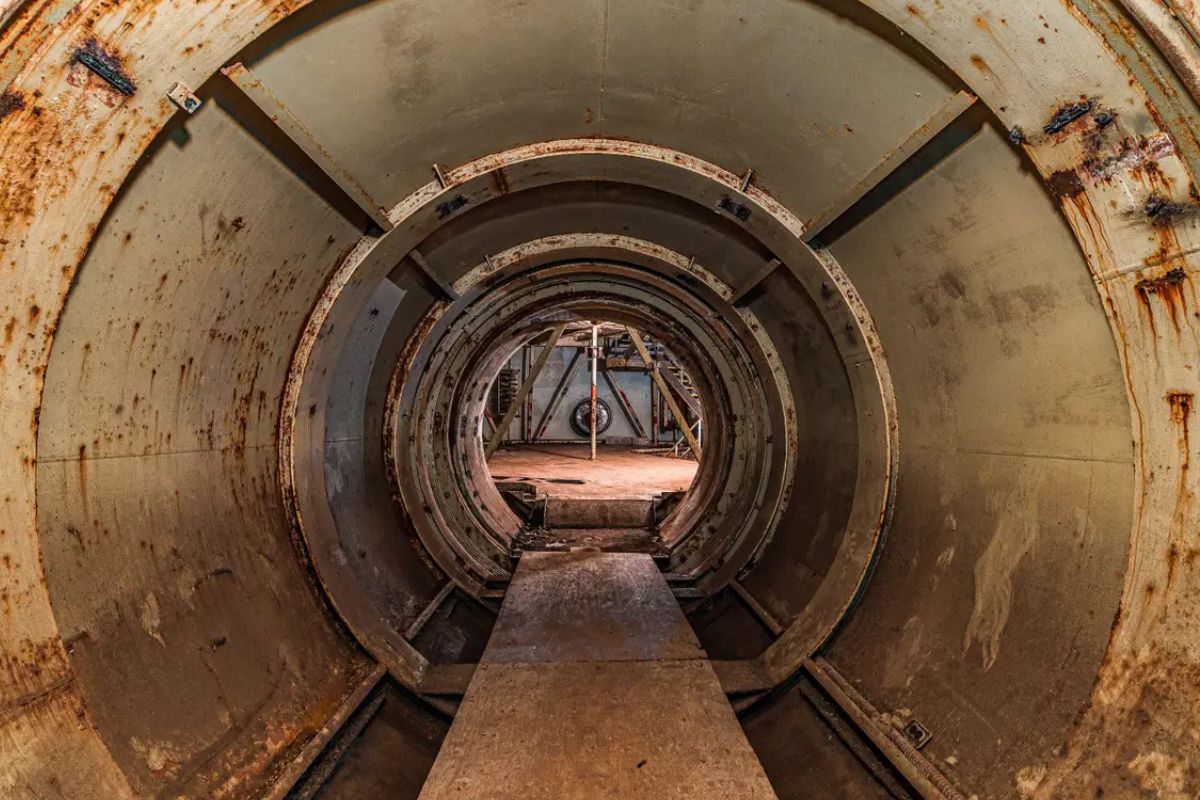Lost Civil War Bunkers Of Washington D.C. Hidden Wartime Refuges

Washington D.C. holds many secrets from the past, including lost Civil War bunkers. These hidden wartime refuges served as vital shelters and strategic points during one of America's most turbulent times. Imagine walking through the city, knowing that beneath your feet lie remnants of history, untouched for decades. These bunkers, often forgotten, offer a unique glimpse into the lives of soldiers and civilians who sought safety within their walls. Exploring these hidden gems can feel like stepping back in time, providing a tangible connection to the past. Ready to uncover the stories behind these mysterious bunkers? Let's dive in!
Hidden Wartime Refuges in Washington D.C.
Washington D.C. holds many secrets from the past, including hidden Civil War bunkers. These bunkers served as crucial refuges during wartime, offering protection and strategic advantages. Let's uncover some of these fascinating historical sites.
1. Fort Stevens
Fort Stevens stands as a reminder of the city's turbulent past. Located in the northwest part of D.C., this fort played a significant role during the Civil War. It was the site of the only battle fought in the nation's capital.
- Historical Significance: Fort Stevens was crucial in defending Washington D.C. from Confederate forces.
- Visitor Experience: Today, visitors can explore the remnants of the fort and learn about its history through informative plaques and guided tours.
2. Fort Totten
Fort Totten, another key defensive structure, lies in the northeastern part of the city. This fort was part of a ring of fortifications designed to protect the capital.
- Strategic Importance: Fort Totten helped safeguard the city from potential attacks.
- Modern-Day Park: Now a public park, it offers trails and green spaces for visitors to enjoy while reflecting on its historical importance.
3. Fort DeRussy
Nestled in Rock Creek Park, Fort DeRussy provided a strategic vantage point during the Civil War. Its location allowed for effective communication and coordination among Union forces.
- Communication Hub: Fort DeRussy played a vital role in the network of defenses around Washington D.C.
- Scenic Trails: Visitors can hike through the park and discover the remains of the fort, blending history with nature.
4. Fort Reno
Fort Reno, the highest natural point in D.C., offered a commanding view of the surrounding area. This fort was essential in monitoring and defending against enemy movements.
- Elevated Position: Fort Reno's height made it a key observation post during the war.
- Community Space: Today, it serves as a community park with sports fields and open spaces, preserving its historical legacy.
5. Fort Slocum
Fort Slocum, located in the northern part of the city, was part of the defensive ring protecting Washington D.C. Its strategic placement helped deter Confederate advances.
- Defensive Role: Fort Slocum contributed to the overall security of the capital.
- Historical Markers: Visitors can find markers and information about the fort's role in the Civil War, making it a place of learning and reflection.
6. Fort Bunker Hill
Fort Bunker Hill, situated in the Brookland neighborhood, was another crucial element in the city's defenses. Its location provided a strategic advantage in monitoring enemy movements.
- Neighborhood Landmark: Fort Bunker Hill played a significant role in the local community during the war.
- Park and Playground: Today, it is a park with playgrounds and green spaces, offering a blend of history and recreation.
7. Fort Mahan
Fort Mahan, located in the northeastern part of D.C., was part of the network of forts protecting the capital. Its strategic position helped secure the city from potential threats.
- Protective Barrier: Fort Mahan was essential in the defensive strategy of Washington D.C.
- Recreational Area: Now a park, it provides a peaceful retreat for visitors while preserving its historical significance.
8. Fort Chaplin
Fort Chaplin, another key fortification, played a vital role in the defense of Washington D.C. Its location allowed for effective communication and coordination among Union forces.
- Strategic Location: Fort Chaplin was crucial in the network of defenses around the capital.
- Community Park: Today, it serves as a community park, offering green spaces and historical insights.
9. Fort Greble
Fort Greble, situated in the southeastern part of the city, was part of the defensive ring protecting Washington D.C. Its strategic placement helped deter Confederate advances.
- Defensive Role: Fort Greble contributed to the overall security of the capital.
- Historical Markers: Visitors can find markers and information about the fort's role in the Civil War, making it a place of learning and reflection.
10. Fort Stanton
Fort Stanton, located in the southeastern part of D.C., was another crucial element in the city's defenses. Its location provided a strategic advantage in monitoring enemy movements.
- Neighborhood Landmark: Fort Stanton played a significant role in the local community during the war.
- Park and Playground: Today, it is a park with playgrounds and green spaces, offering a blend of history and recreation.
Hidden History Beneath Our Feet
Washington D.C.'s Civil War bunkers offer a fascinating glimpse into a turbulent past. These hidden structures, often overlooked, played a crucial role in the city's defense. Exploring these bunkers isn't just about seeing old walls; it's about connecting with history. Each site tells a story of strategy, survival, and resilience.
Next time you're in the capital, take a moment to think about the hidden history beneath your feet. Visiting these bunkers can be a unique way to appreciate the city's rich heritage. Whether you're a history buff or just curious, these wartime refuges provide a tangible link to the past.
So, lace up your walking shoes, grab a map, and start your own adventure. Discovering these hidden gems will give you a new perspective on Washington D.C. and its storied past.

